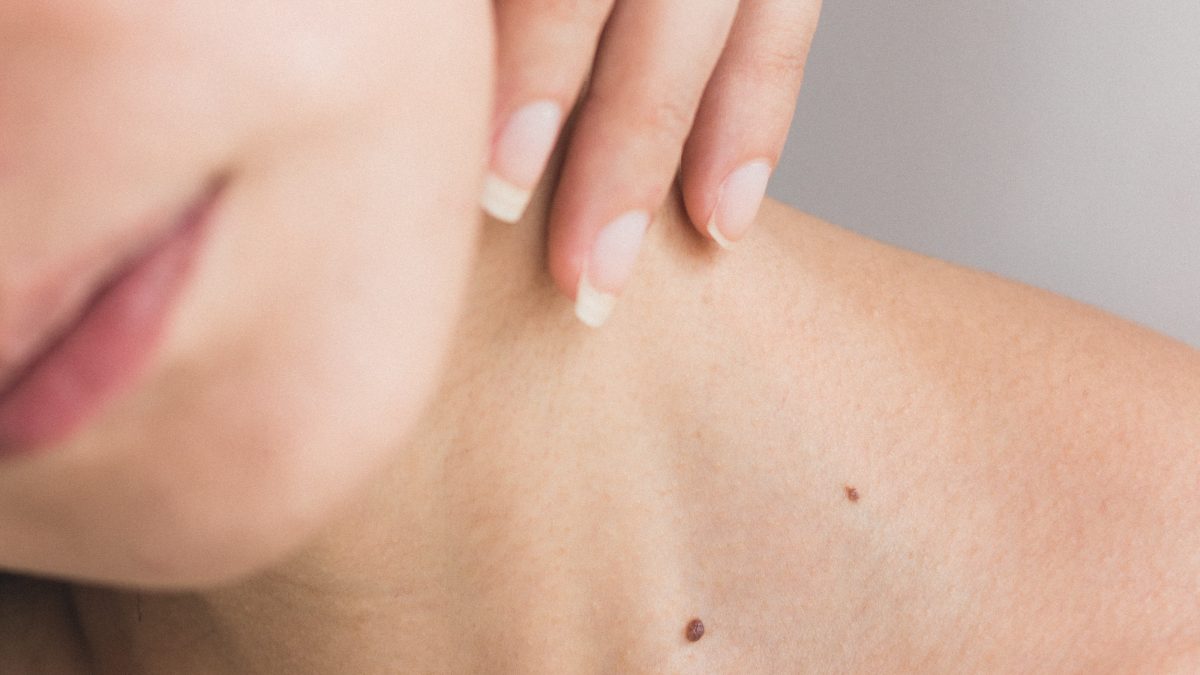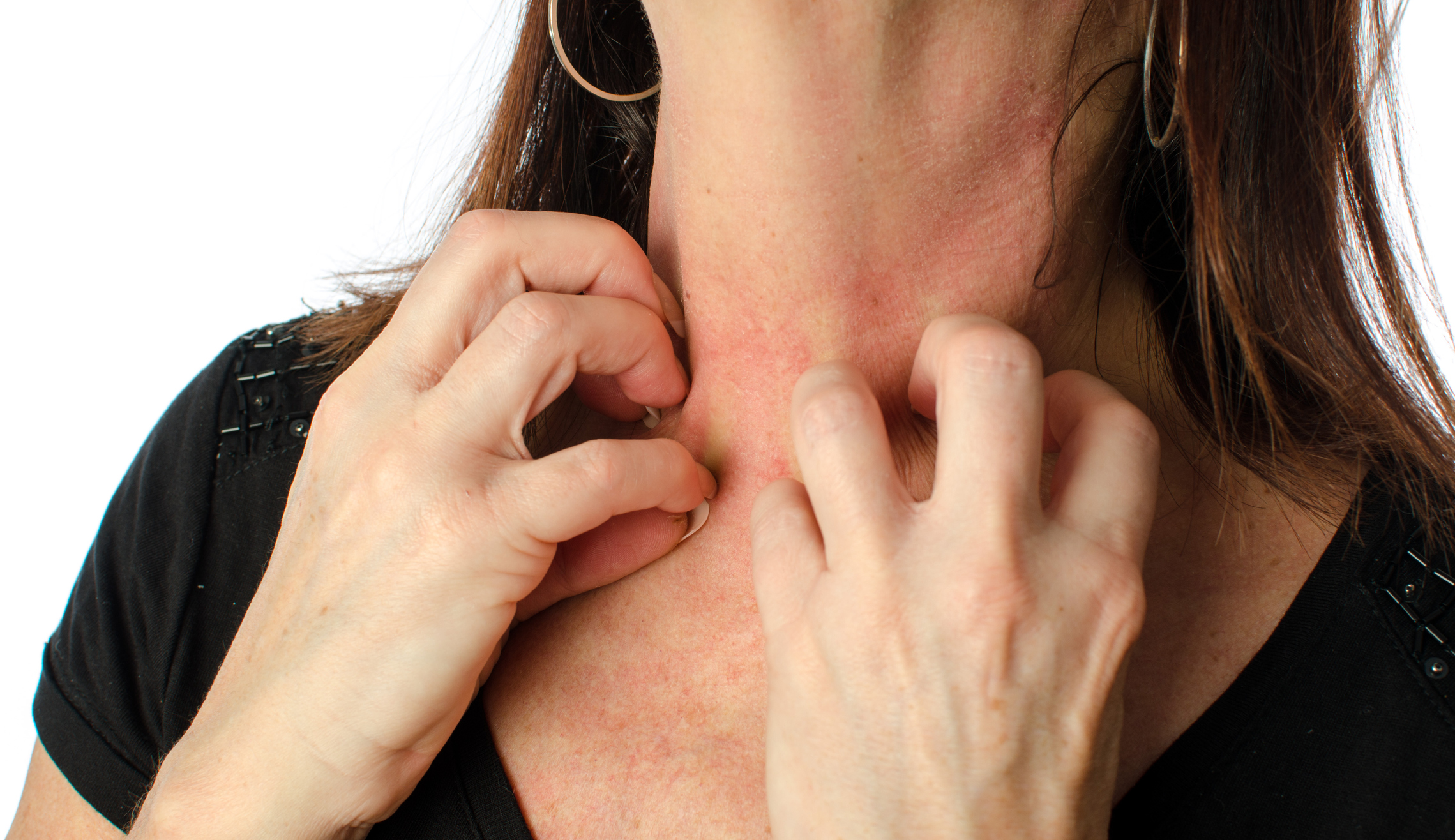
Skin tags refer to soft and harmless lesions that hang off the skin. Both males and females are equally affected. The time of development positively correlates with age: as an individual’s age increases, the chance of getting skin tags increases in return. Skin tags appear as skin-coloured or darker lesions ranging from 1mm to 5 cm. Usually, they are found in skin folds of the neck, armpits, and groin areas. The development of numerous skin tags is more common among obese individuals and those who have type 2 diabetes mellitus.
Skin tags contain loosely arranged collagen fibers and blood vessels that are surrounded by thickened or thinned layers of the epidermis.
Seborrheic keratosis, molluscum contagiousum, or viral warts can resemble skin tags.
The exact cause of skin tags remains unknown. However, there are some factors that can contribute to the development of skin tags. For instance, the high amount of growuth factors (very common during pregnancy), insulin resistance, chaffing and irritation from skin rubbing together, and human papillomavirus can serve as triggering agents.
As previously mentioned, skin tags are usually harmless; however, they can be removed for cosmetic and esthetic reasons. The following methods include electrosurgery, cryotherapy (freezing), and surgical excision. Electrosurgery is the most preferred method as it has the best cosmetic outcome and the least risk of bleeding.
For information on surgical dermatology, especially, cryotherapy and electrosurgery, visit the following link:



